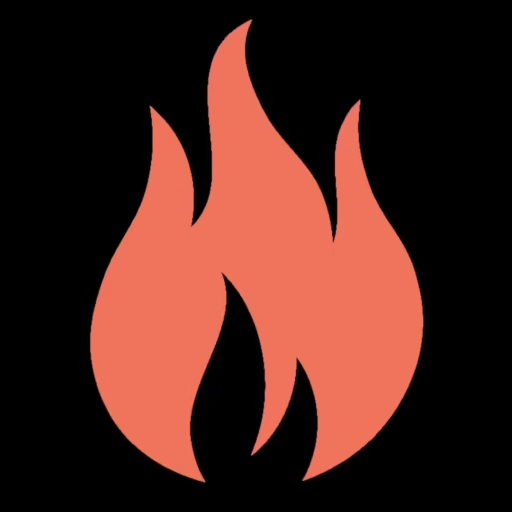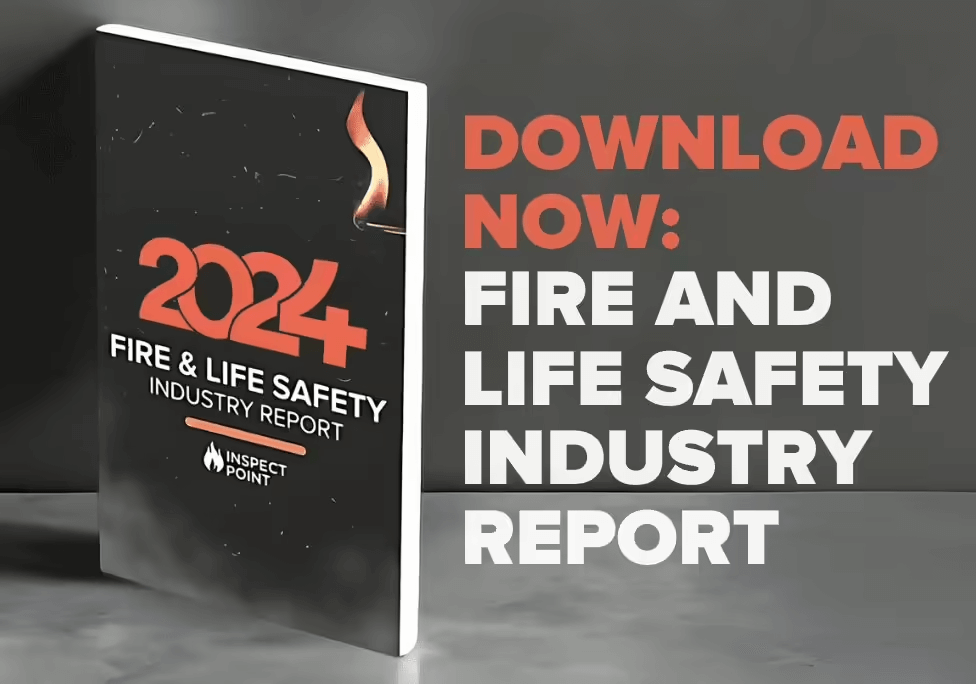
We know that the jobs we perform are important. What we do on the job may seem tedious, but that’s how we know we’re doing the job correctly. While a technician might not have the most exciting day-to-day jobs, we can take solace in the fact that we’re keeping people safe from a preventable fire. But for those of us that aren’t safety technicians, what goes on during a fire sprinkler inspection or test might not be so clear, so let’s talk about exactly what happens.
The Difference Between a Sprinkler Test and Sprinkler Inspection
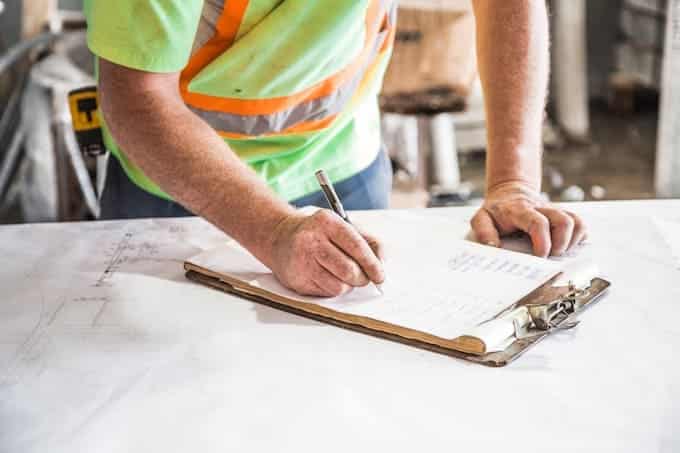
You might hear the two words used rather interchangeably, but they’re actually pretty different procedures. For a fire sprinkler inspection, your fire technician is simply going to take a look at your sprinkler system. Does it meet the current standards and regulations? Are there any safety violations?
A test requires a technician to activate the sprinkler system to test that the water flows properly and sprinkler heads are functioning. A technician will check to see that the system responds responsibly and functions properly.
Types of Sprinkler Systems
There are a few different types of sprinkler systems. They all function slightly differently, and they are all designed for a certain purpose and setting. Let’s talk about the different sprinkler systems available and what environments are typical.
Pre-Action
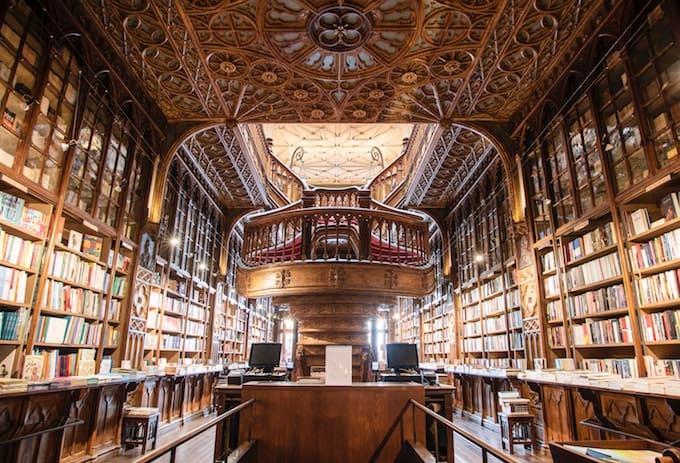
The most notable feature of pre-action systems is that before there is danger, there is nothing in the pipes except for air. Water is only able to pass through the pipes when the alarm has been set off and the sprinkler has been activated. This system actually requires two separate triggers to go off before the heads start to produce water. While this might seem like a bad thing, it’s actually for use in specific places where water damage is a big concern like libraries or buildings housing computers and other sensitive instruments.
Dry Pipe
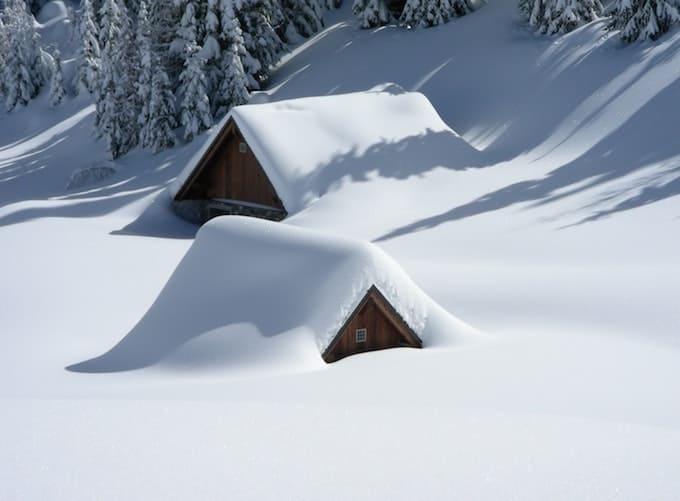
Similar to the pre-action system, the dry pipe system also relies on pressurized air inside of the pipes. Dry pipe systems are usually in buildings with low temperatures where pipes are susceptible to freezing. There is about a minute-delay before water will start to come out of the sprinkler heads after the alarm goes off. However, this is necessary for certain regions of the country where frozen pipes are a serious problem. A minute delay is a lot better than the water freezing inside the sprinkler pipes.
Wet Pipe
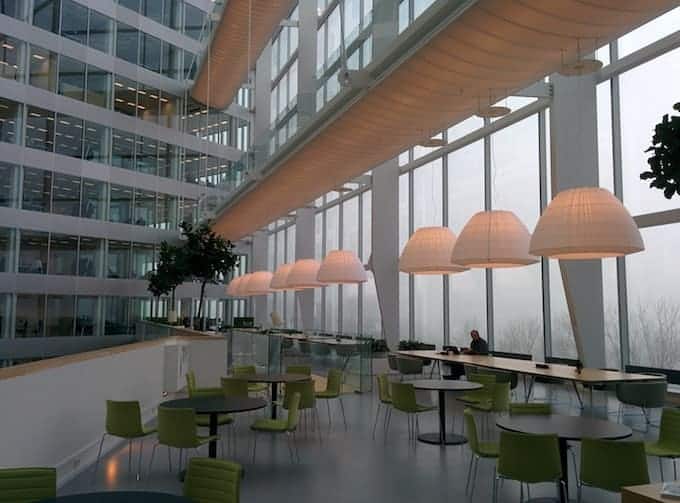
Wet pipe systems are some of the most common in commercial settings. These systems have water always flowing inside of them, and the response time after an alarm is set off is very quick. This type of pipe system is typically in office buildings. It is a very low-maintenance and cost-effective system, which is why you see it so commonly.
Deluge
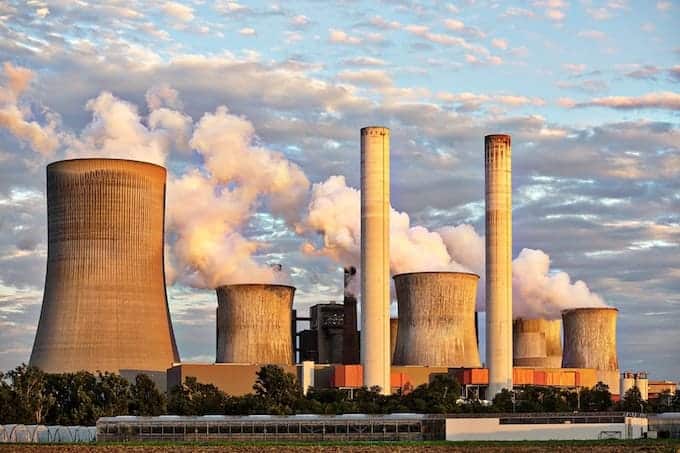
A deluge system is just about as extreme as it sounds. It is a system of pipes with open sprinkler heads that must trigger to be set off. Deluge systems let loose huge amounts of water in order to smother fires quickly and efficiently. They are prominent in places with hazardous material like power plants, and even at NASA.
What Happens During an Inspection?
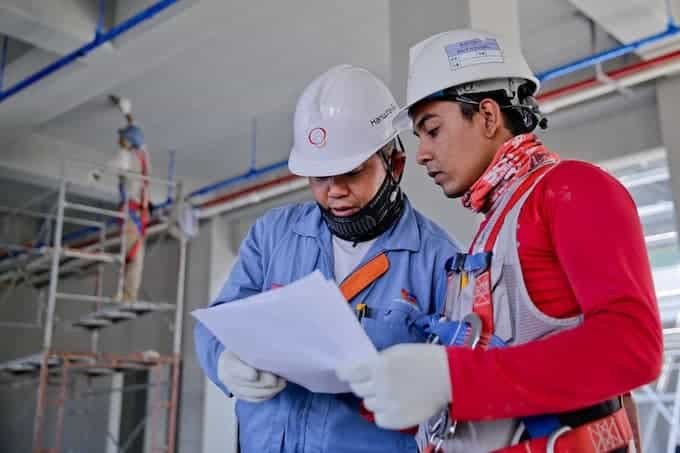
According to the NFPA 25 there are certain things that should happen during your regular fire safety inspection and this includes the fire sprinkler inspection.
Weekly or Monthly
You should have the gauges and control valves of your sprinkler system inspected often. Professionals recommend at least once a month, and preferably weekly. This is true of all four systems.
A test requires a technician to activate the sprinkler system to test that the water flows properly and sprinkler heads are functioning.
Quarterly
Alarm devices should be inspected at least four times per year in a fire sprinkler inspection. The hydraulic nameplate and the fire department connections should be looked at as well. This is also when a technician should actually test your alarm devices as well as the main drain.
Annually
This is when a technician is going to take a look at the minutiae of your building’s fire safety system. They will take a look at the hangers holding the pipes, the pipes and fittings, signs, spare sprinklers, and the sprinklers themselves.
A tech will also inspect the main drain and water flow as well as the fire pump, antifreeze solution, the alarm devices, and all of the valves of your system. This is also the time when a tech will perform any necessary maintenance to any valves or low-point drains in dry pipe systems if you have one.
Inspection Requirements for a Safe Building
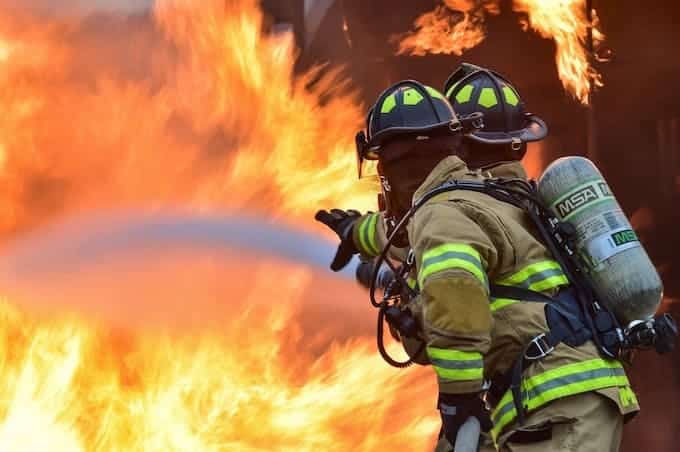
This information about different inspection types might seem tedious or redundant. However, they’re extremely important for the fire and life safety of any building and its occupants. Working smoke alarms and fire extinguishers are important first lines of defense, but when your building goes up in smoke, you’re going to be glad you kept up to date on your fire sprinkler inspection and tests.
